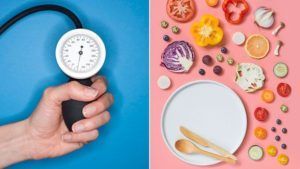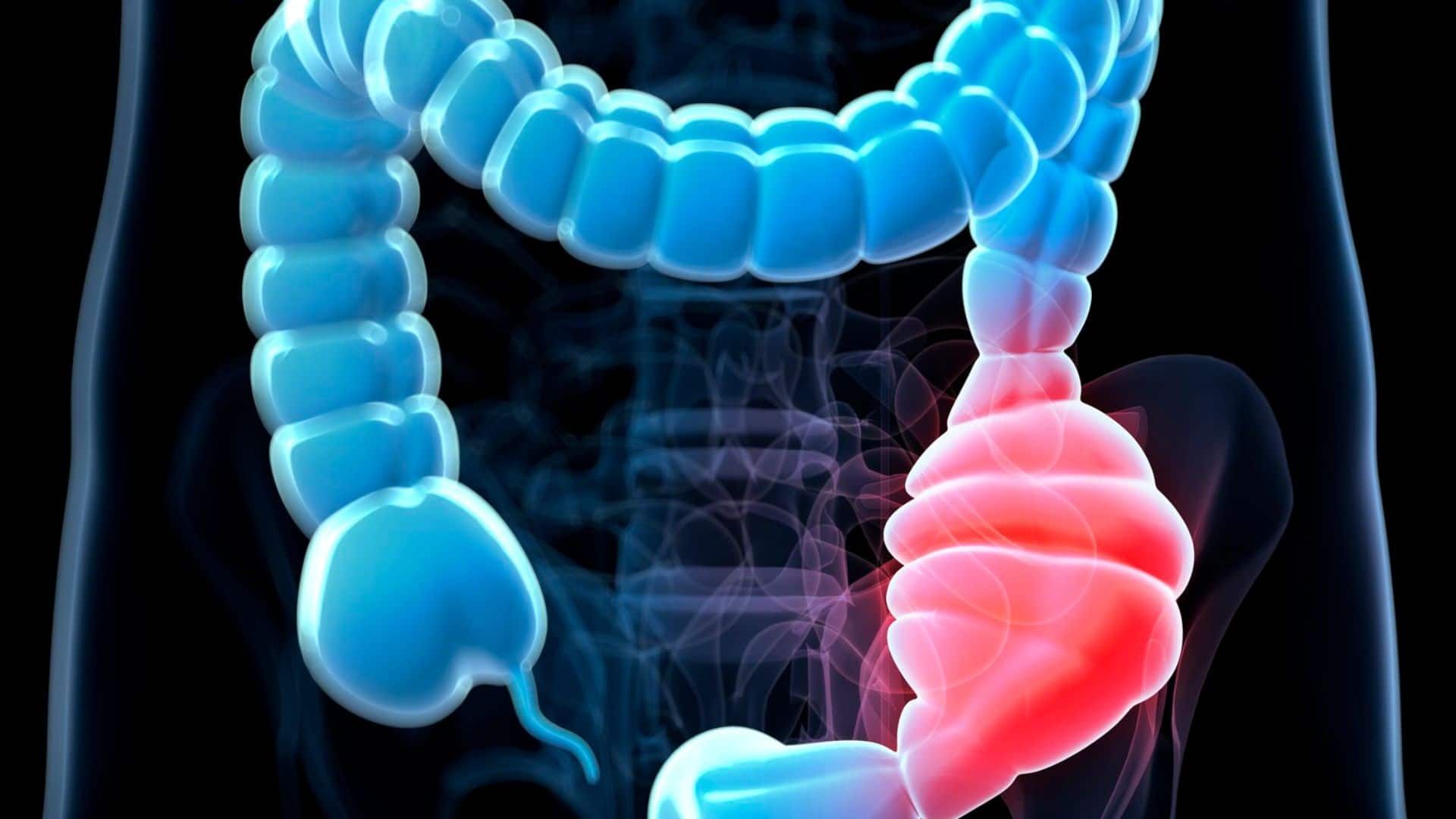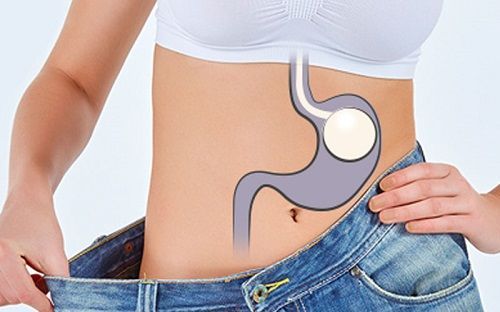Patient Education: High Blood Pressure, Diet, and Weight Loss

HIGH BLOOD PRESSURE OVERVIEW
High blood pressure, also known as hypertension, is a common condition that can lead to serious complications if untreated. These complications can include stroke, heart failure, heart attack, and kidney damage. Worldwide, hypertension contributes to cardiovascular death more than any other risk factor. Making dietary changes (reducing sodium intake and increasing potassium intake) and losing weight (for people who are overweight) are effective treatments for reducing blood pressure [ 1 ]. Other lifestyle changes that can help include stopping smoking, reducing stress, reducing alcohol consumption, exercising regularly, developing healthy sleep habits and weight loss. All of these lifestyle changes are effective when used alone but often have the greatest benefit when used together. Since the effects of lifestyle changes are usually relatively modest, many people with hypertension will also require medications to achieve goal blood pressure.
An overview of hypertension and a discussion of treatments can be found elsewhere.
HIGH BLOOD PRESSURE DEFINITION
The following definitions were proposed in 2017 by the American College of Cardiology/American Heart Association (ACC/AHA); other expert groups may differ slightly in how they define hypertension and when they recommend treatment.
Blood pressure is reported as the systolic pressure over the diastolic pressure.
Normal blood pressure — Less than 120 over less than 80.
Elevated blood pressure — 120 to 129 over less than 80.
People with elevated blood pressure are at increased risk of developing hypertension and cardiovascular complications; however, medications used to treat hypertension are not known to be beneficial in people with elevated blood pressure.
Hypertension
- Stage 1: 130 to 139 over 80 to 89
- Stage 2: At least 140 over at least 90
Most adults with hypertension have primary hypertension (formerly called “essential” hypertension), which means that the cause of the high blood pressure is not known. A small subset of adults has secondary hypertension, which means that there is an underlying and potentially correctable cause, usually a kidney or hormonal disorder.
Prevalence of high blood pressure
Hypertension is a common health problem. In the United States, approximately 46 percent of adults have hypertension.
Hypertension is more common as people grow older. In the United States, for example, it affects 76 percent of adults aged 65 to 74 years and 82 percent of adults aged 75 years or older.
Unfortunately, many people’s blood pressure is not well controlled. According to a national survey, hypertension was under good control in only 47 percent of adults.
DIETARY CHANGES AND BLOOD PRESSURE
Making changes to what you eat can help control high blood pressure.
Reduce sodium (salt) — Reducing the amount of sodium you consume can lower blood pressure if you have hypertension or elevated blood pressure.
The main source of sodium in the diet does not come from the salt shaker; it comes from the salt contained in packaged and processed foods and in foods from restaurants.
The body requires a small amount of sodium in the diet, and most people consume more sodium than they need (over 3 grams per day). A low-sodium diet contains fewer than 2.4 grams (2400 milligrams) of sodium per day. Although the ideal target for daily sodium intake remains controversial, the optimal goal is less than 1500 mg per day.
Reduce alcohol — Drinking a lot of alcohol increases your risk of developing high blood pressure. A “drink” is defined as 5 oz of wine, 12 oz of beer, or 1 oz of hard liquor. Drinking more than two drinks per day increases the risk of high blood pressure compared with not drinking, and it also makes hypertension more difficult to control. Binge drinking (consuming four to five drinks within two hours) is an even greater problem for overall health and hypertension.
Eat more fruits and vegetables — Adding more fruits and vegetables to your diet may reduce high blood pressure or protect against developing high blood pressure; it can also help improve your health in general.
Eat more fiber — Eating an increased amount of fiber may decrease blood pressure. The recommended amount of dietary fiber is 20 to 35 grams of fiber per day. Many breakfast cereals are excellent sources of dietary fiber. More information about increasing fiber is available separately.
Eat more fish — Eating more fish may help to lower blood pressure, especially when combined with weight loss
Caffeine — Caffeine can temporarily increase blood pressure in people who don’t consume it regularly. In regular caffeine users, a moderate amount of caffeine (equivalent to approximately two cups of coffee daily) usually does not affect blood pressure. However, excessive amounts of caffeine (such as in many supplements and large-size beverages) may raise blood pressure in susceptible people.
Dietary Approaches to Stop Hypertension (DASH) eating plan — The DASH eating plan combines many of the dietary interventions noted above. It is high in fruits, vegetables, whole grains, fiber, and low-fat dairy products, with reduced saturated fat, total fat, and meat intake. All people, including those with and without high blood pressure, who strictly follow the DASH eating plan can have fairly significant reductions in blood pressure, particularly when combined with a low-sodium diet. A weight loss coach and dietitian can also be helpful in developing a eating plan that fits your lifestyle.
EXERCISE
Regular exercise can lower your blood pressure even if you don’t lose weight. Recommendations from the American Heart Association suggest that to achieve substantial health benefits requires 150 to 300 minutes per week of moderate-intensity aerobic activity (such as brisk walking) or 75 to 150 minutes per week of vigorous intensity aerobic activity (such as jogging) plus muscle-strengthening exercises (resistance training) involving all major muscle groups at least twice per week. Isometric exercises (eg, repeated handgrip contraction) may also be of benefit. Exercise will not only help lower blood pressure but also improves cholesterol levels. However, to maintain this benefit, you must continue to exercise regularly. Although this level of exercise is recommended to get substantial reductions in blood pressure (4 to 5 mmHg systolic), any amount of physical activity is better than none. Even gentle forms of exercise, like walking, have health benefits.
WEIGHT LOSS AND BLOOD PRESSURE
Being overweight or having obesity increases your risk of having high blood pressure, diabetes, and cardiovascular disease. The definition of overweight and obese are based upon a calculation called body mass index (BMI). You can find your BMI using an online calculator. A person is considered overweight if their BMI is greater than 25, while a person with a BMI of 30 or greater is classified as having obesity. People who are overweight or have obesity can see significant reductions in blood pressure with even modest weight loss.
To lose weight, you must eat fewer calories and exercise more.
AVOID TAKING MEDICATIONS AND SUPPLEMENT THAT INCREASE BLOOD PRESSURE
In susceptible individuals, nonsteroidal antiinflammatory drugs or “NSAIDs” (such as ibuprofen and naproxen ) can increase blood pressure. Oral contraceptive (birth control) pills may increase blood pressure in some people. Additionally, any stimulant, including those found in some decongestants, weight loss products, and illegal drugs, can increase blood pressure. If you are regularly consuming any of these substances, you should talk to your health care provider.
WHAT IF I STILL HAVE HIGH BLOOD PRESSURE?
If you continue to have high blood pressure despite making lifestyle modifications including changes in your diet, exercising more, and losing weight, you may need a medication to reduce your blood pressure. Medications for high blood pressure are discussed separately.
Source: Uptodate®
The post Patient Education: High Blood Pressure, Diet, and Weight Loss appeared first on Gastro SB.










